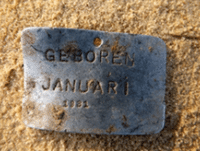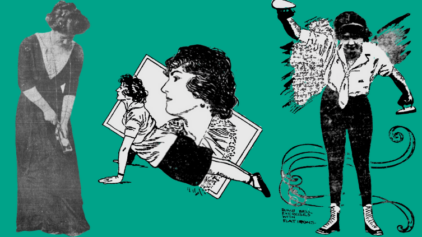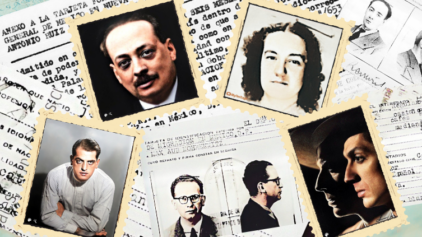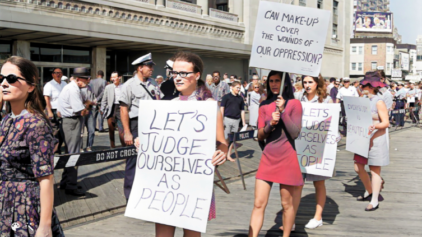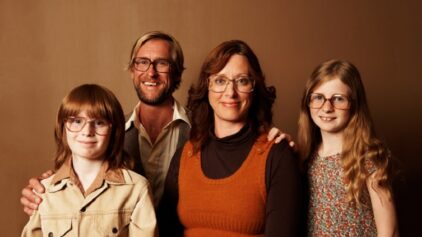MyHeritage Finds Family Members of Children Murdered by Nazis at Sobibor
- By Esther
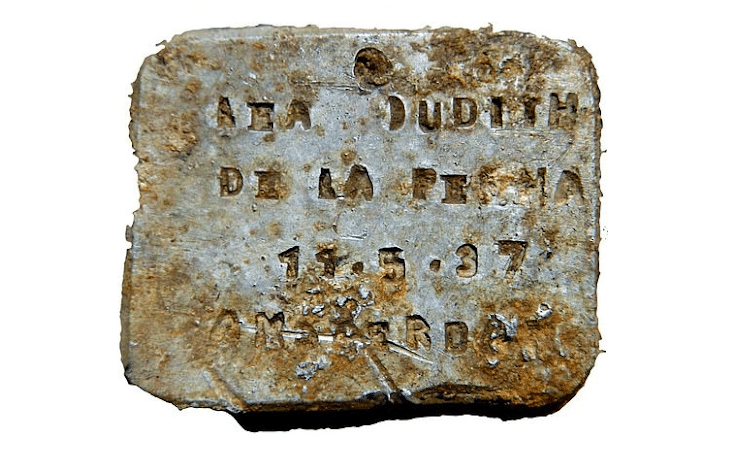

In the year 1943, 4 Jewish children from Amsterdam were herded onto trains and sent off to an unknown destination. Each of these children carried something with them: a small aluminum name tag given to them by their parents, stating their names, birthdates, and place of origin. The parents understood that their children might be separated from them in the chaos, and they wanted to make sure they would be reunited if that happened.
Unfortunately, what happened next was much worse than any of these parents imagined. These families were all exterminated in the gas chambers at the infamous Sobibor death camp.
70 years later, an Israeli archeologist named Yoram Haimi began excavating the Sobibor camp and uncovered these name tags. He was able to find information about two of the children whose name tags he found, but the lives, families, and fates of the other two remained a mystery.
Roi Mandel, Director of Research at MyHeritage, had worked on this story back in his journalist days, and it somehow popped back into his head on January 9 this year. He decided to call Yoram and ask him what happened with the tags. Yoram told him that the tags are now being kept at the museum at Majdanek, but that he hadn’t managed to find relatives for two of the children identified in the tags.
“I asked him if I could try,” says Roi. “I felt that I had to do it. These childrens’ stories, I thought, need to be told.”
So he searched through the MyHeritage database, and using family trees, Roi’s team was able to locate living relatives for both of these children — Annie Kapper and David Van Der Vilde — in a matter of hours.
These relatives, living in Boston and Seattle, represented the only branches of their families that survived the Holocaust. They didn’t know about their connection with the children mentioned in the name tags.
Roi was also able to trace relatives of the other two children, Lea De La Penha and Deddie Zak.
CNN published an article about this story earlier today.
David Van Der Vilde
Born on November 21, 1932, David was murdered in Sobibor extermination camp on April 2, 1943. He was only 10. No photos of David exist.
David’s metal tag was made of aluminum and was found west of the gas chambers.
We found David’s second cousin once removed, Sheryl Kool, from Seattle, Washington and her brother, Prof. Rick Kool, who lives in Canada.
David’s paternal grandmother, Elizabeth, and Rick and Sheryl’s great-grandfather, Salomon, were brother and sister.
“While I have tried to sort out some of the unknowns in our family story, I did not have anything about Elizabeth Pimentel or her family,” says Rick. “I believe that we have a picture of her along with her sisters Rebecca and Mietje, and her brother Isaac along with other members of the Pimentel family, but there is no one named van der Velde in the photo… of the 17 people in the photo, only one person survived.”
Rick’s grandmother, Marianna, came to Boston in 1929 to join her brother Moses, who had moved there a few years earlier. “Who at the time could have imagined that their 4 siblings, and all but one of their children, would be murdered 15 years later?”
Annie Kapper
Annie was born on January 9, 1931, and was murdered in Sobibor extermination camp on April 2, 1943. She was only 12 years old.
Annie’s aluminum tag was found near one of the mass graves in the Sobibor extermination camp. On one side of the tag is engraved the girl’s name and the family’s residential address in Amsterdam, the Netherlands. On the other side of the tag is engraved Annie’s date of birth: “GEBOREN JANUARY 1931.” The Kapper family was sent to Sobibor on March 30, 1943, in the fifth shipment with 1255 Jews, in 25 carriages. The train arrived in Sobibor on April 2, 1943, and all its passengers were immediately sent to their deaths in the gas chambers of the camp.
We found Annie’s second cousin, Marc Draisen, from Boston, Massachusetts. His mother Tilly was first cousins with Annie’s father, Meijer.
“It would appear that Annie Kapper is indeed my second cousin,” says Marc. “My grandmother was Rachel Engelsman, the third eldest sibling, the only member of her family to emigrate to America, and one of only two siblings to survive the war.”
“As you can imagine, this information provokes some very strong emotions of sadness and grief,” Marc goes on. “But it is better to know than not to know. It seems such an amazing coincidence that this artifact of one of my relatives has been located.”
Marc also pointed out an eerie detail: Annie’s birthday was January 9… the very same day Roi had the idea to look into this story and ended up contacting Marc. She would have turned 91 that day.
“I was in shock when he told me that,” says Roi. “I have no explanation why I decided to research her that day.”
Lea Judith De La Penha
Lea Judith was born in May 11, 1937 in Amsterdam and was murdered in Sobibor extermination camp in July 9, 1943. She was just 6 years old. Her aluminum tag is engraved with her name and with her date and place of birth. It was found in the area where the camp platform was located.
We found Lea’s second cousin, Suzanna Flora Munnikendam from the Netherlands. Lea’s grandmother Jetje and Suzanna’s grandmother Flora were sisters.
Suzanna never knew about the De La Penha family and when we contacted her, it was the first time she heard about the metal tag of her second cousin that was found in Sobibor. “It’s absolutely shocking,” she says.
Suzanna’s grandmother, Flora — Jetje’s sister — was also killed in Sobibor, just like young Lea. Flora and Jetje’s mother, Hendrika, Lea’s great grandmother was murdered at the age of 98 in a particularly cruel way: she was thrown down the stairwell during a violent evacuation from her home in Amsterdam, and she didn’t survive the fall.
The way Suzanna’s branch of the family survived the war sounds like it was straight from a movie: her parents, along with her sister and husband, were hidden in a stairwell at the home of a gay couple. Upstairs lived a prostitute, who was visited daily by Nazi soldiers. The Jews who were hiding in the stairwell watched everything that was happening over their heads through two grooves in the wooden floor. The danger hovered, literally, over their heads throughout the war.
Deddie Zak
Born in February 23, 1935, Deddie was murdered in Sobibor extermination camp on June 11, 1943 at the age of 8.
Deddie’s tag was found in one of the crematoria of the extermination camp with signs of damage from fire. The tag is engraved with his name, date of birth, and his family’s home address. He was murdered with his family when they arrived in the Sobibor extermination camp on June 11, 1943.
We found Elisabeth De Hond, Deddie’s first cousin, who lives in the Netherlands.
Elisabeth knew about Deddie and remembers him fondly. She received a call about that tag after it was found. “Because I possess nothing from him, that came as a shock for me,” says Elisabeth. “But it also came as a sign from heaven.”
“My only wish is to possess the original name tag,” she adds. “When I contacted the Majdanek museum where the tag is being held, they answered that everything they find in Poland belongs to them.”
Indeed, the law in Poland states that all archeological finds in the country belong to the state. Elisabeth hopes that she will be able to recover the original anyway — just to have one physical object to remind her of the cousin she lost.


